Description
This influential work examines how enduring dispositions or traits affect the process of aging and shape each individual’s life course. From two well-known authorities in the field, the volume is grounded in a growing body of empirical evidence. Critically reviewing different theories of personality and adult development, the authors explain the logic behind the scientific assessment of personality, present a comprehensive model of trait structure, and examine patterns of trait stability and change after age 30, incorporating data from ongoing cross-sectional and longitudinal studies. Written in a clear, jargon-free style, this book is an ideal text for advanced students and a timely reference for researchers and clinicians.

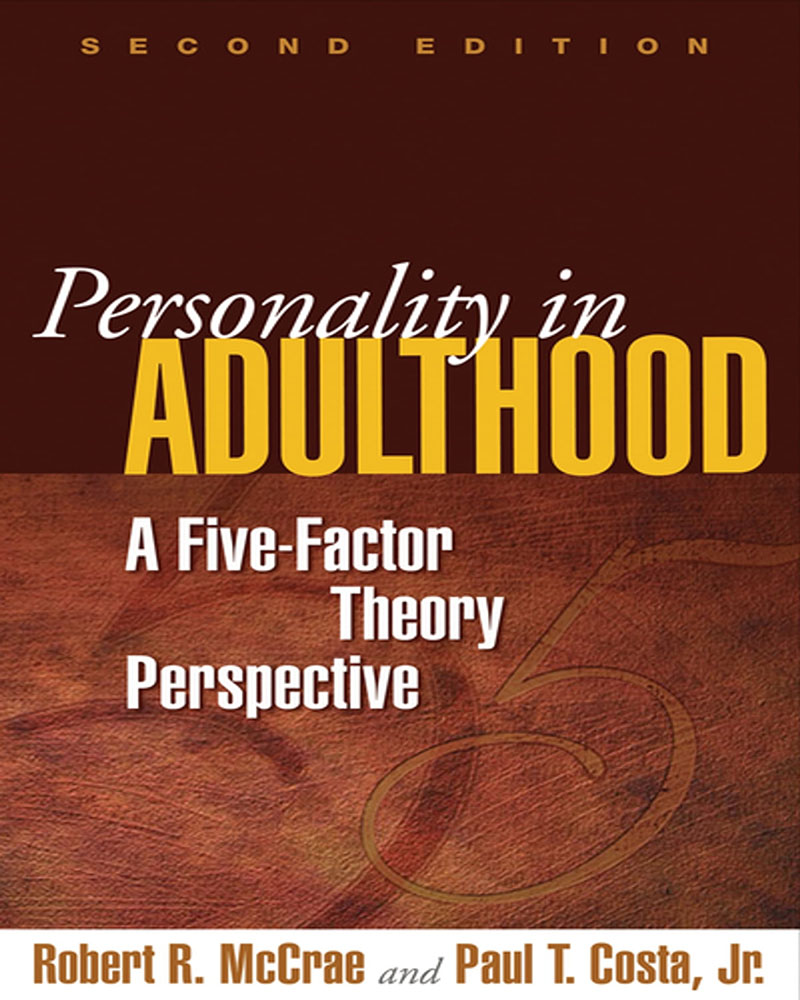








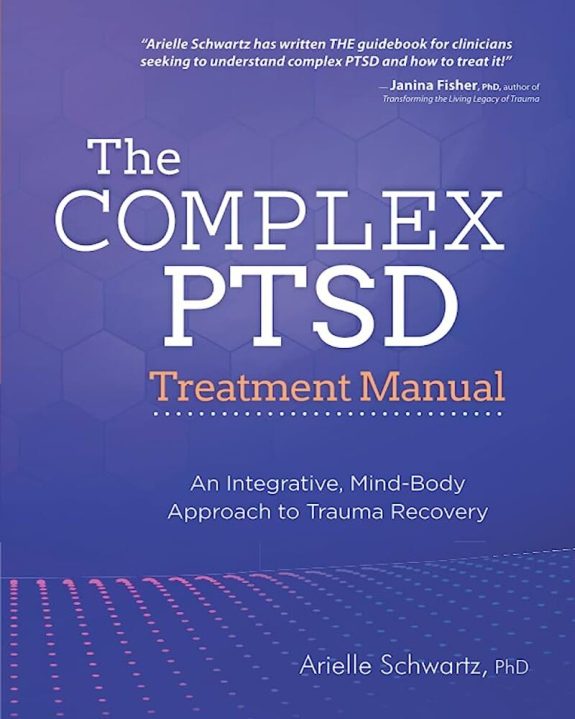

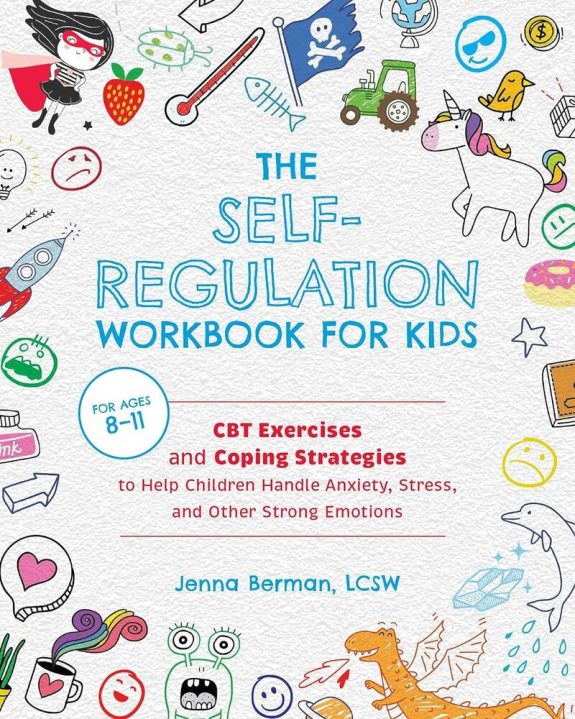

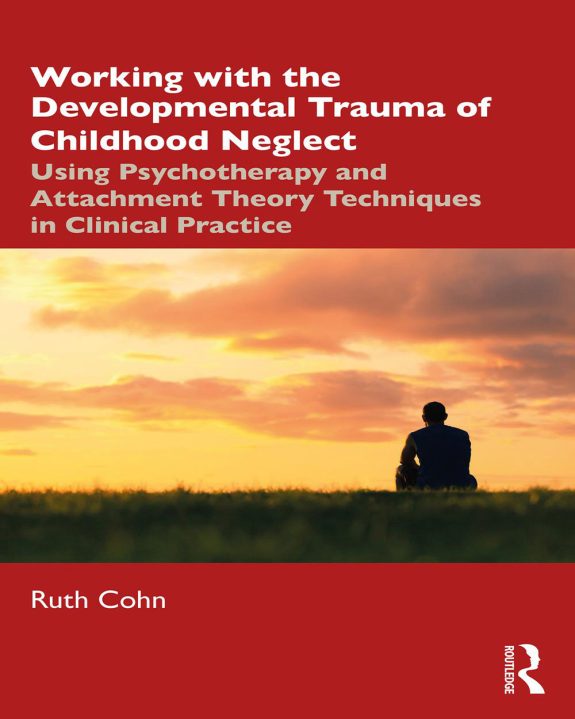
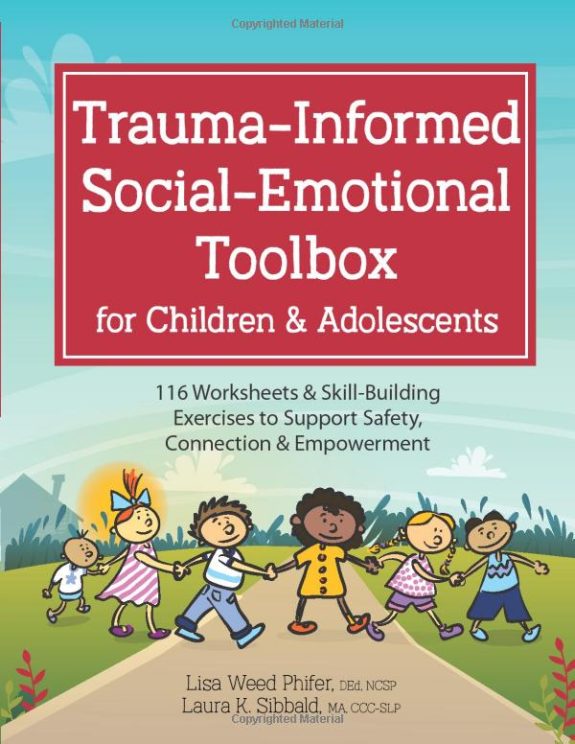

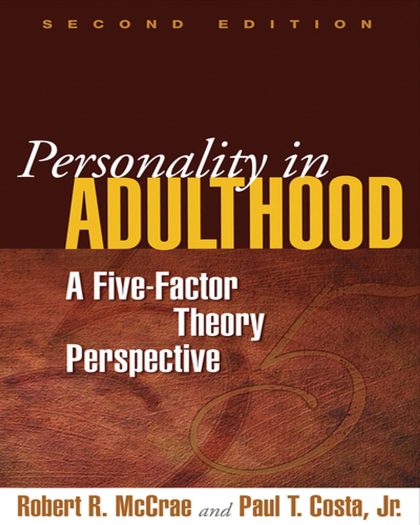
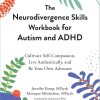

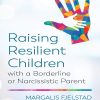

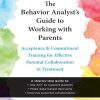
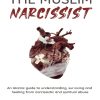

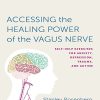
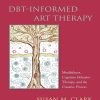

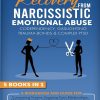




This was the best of many books I’ve read on the Big Five personality factors. Absolutely excellent.
This book offers an in-depth approach that is perfect for anyone interested in personality theory–it is appropriate for undergraduate, graduate, and post-graduate individuals as it provides sound research-based evidence supporting Costa and McCrae’s five-factor model of personality.
Chapter 1 describes the well-known `Five Factor Model’ (FFM) of personality traits and the robust result that in most people, personality changes little after the age of 30. Other theories of adulthood in the work of Freud, Jung, Erikson and others are also reviewed.
Chapter 2 is an interesting tutorial on the trait approach to personality, which the authors did so much to develop and popularise. Chapter 3 continues the theme by outlining the issues involved in measuring personality traits (self-report questionnaires vs. reports from other people, for example).
Chapter 4 notes that the time period of study for personality change through aging is many decades, so whether the object of study is a multi-aged sample from the whole population, or whether a defined group is followed-up through the years and decades, there are significant problems in identifying real (and individual-level) phenomena.
Chapter 5 explores aging and personality change across different cultures – are there universal principles, or is personality development culture-specific? The authors argue that the evidence firmly supports the former.
Chapters 6-9 look at personality development in the individual, review various hypotheses and outline the evidence for stability. The psychoanalytic tradition comes in for some rough handling here. Interestingly, the popular concept of `mid-life crisis’ is shown to be a myth. Chapter 6, incidentally, perpetuates an astonishing misconception of Jungian type development (p.105). Jung is said to have hypothesised that in the course of adult psychological development, early psychological traits would be replaced by their opposite: e.g. introverts would later become extraverts. The correct Jungian proposition is one of development of auxiliary, tertiary and inferior functions into fuller consciousness, and a rounding of the personality, not its inversion! One feels perhaps a defensive reaction on the part of the authors here!
Chapter 10 describes a proposal to extend the FFM of personality traits to a full personality model. This involves introducing new entities (p. 188) such as biological bases (the physical body), the FFM traits themselves- called `basic tendencies’, characteristic adaptations, a self concept, objective biography and the impact of external influences.
While the FFM is clearly incomplete, the proposal here seems less than compelling. There are many ways, in the absence of hard brain architecture evidence, to speculatively decompose the functional underpinnings of human personality, and the authors’ model seems to give little weight to subconscious processes.
The book ends with a number of interesting discussions on the impact of personality on marriage, divorce and career – material heavily covered in the `psychological type’ literature (Keirsey, Myers-Briggs, etc). The authors also discuss the `psychological profiling’ of historical individuals based on biographical information.
In their concluding remarks, the authors more clearly show their biases. The Myers-Briggs approach, for example, may be ridiculed for its good-natured suggestion that all types are both natural and equally-favoured, but what are we to make of remarks such as this: “… is it perhaps only the open individual who sees and feels enough of life to make these discoveries and reach the real freedom that freedom from illusion allows” -( the context is about achieving a mature view of the realities of life)? Perhaps the authors, who appear to be Open and Conscientious, are nevertheless unaware of the pitfalls of universalising their own positive self-image?
The authors tend to perpetuate the bad habit of wrapping the shroud of `science’ around their own approach, while denying it to their opponents – psychology is not yet physics, note! However, in summary, this is a very interesting book, packed with information, which is definitely worth acquiring.